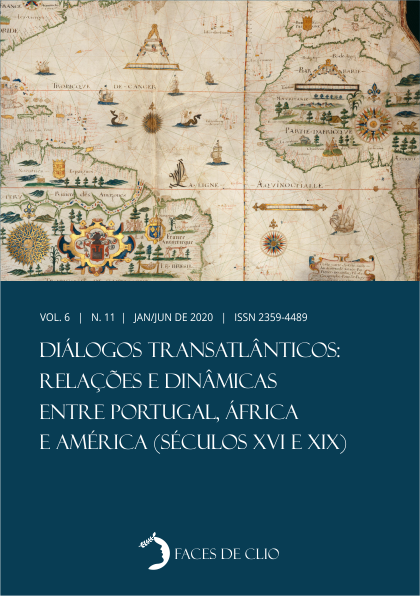The negative representations about the female figure in greek-roman antiquity and in the discourses of early and medieval christianism
DOI:
https://doi.org/10.34019/2359-4489.2020.v6.29676Keywords:
Body, Middle Ages, DiscourseAbstract
The body throughout human history has been the object of countless investigations, whether historical, philosophical or anthropological. This body, never seen in a homogeneous way, was in the course of the Middle Ages at the same time an instrument for the salvation of the soul and a mechanism for the practice of sin by the satisfaction of the desires of the flesh, being represented in various ways in the medieval illuminations. In this sense, the article in question aims to analyze the trajectory of representations about the body, especially the female body seen as the direct heir of Eve, coined by pagan philosophies, by the discourses of the Christian Church in the early centuries, ending in the medieval discourses, since it was divided by a thin line.


